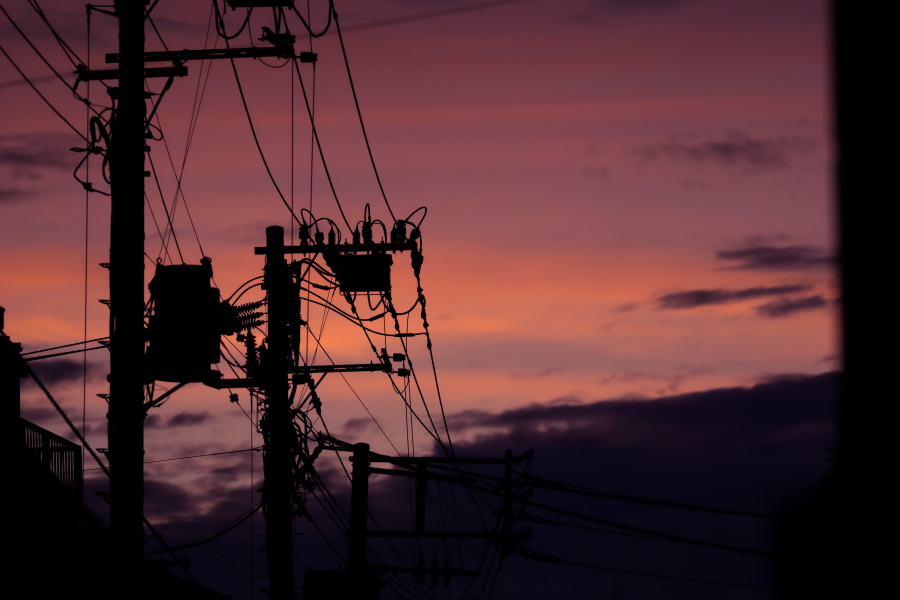Since early September, at least 19 of China’s provinces, including many of its industrial heartlands, have suffered power shortages, with some unplanned and indiscriminate cuts. In many parts of the country, the high price of coal is to blame. Ten provinces are also trying to meet strict environmental limits on energy consumption. Energy-intensive industries such as steel-making, aluminium smelting, cement manufacturing and fertiliser production are among the businesses hardest hit by the outages.
As a domestic energy giant, what are the main causes of the current energy shortage in China? What has been the impact so far? How does the public perceive the recent restrictions on electricity consumption?
Reason 1: Rising Coal Price V.S. Stable Electricity Price
China’s energy mix is in fact relatively homogeneous due to the distribution of resources, with coal still dominating, followed by hydropower. Coal accounts for 63.2% of China’s electricity generation in 2020.
Available energy supplies have been significantly reduced as power producers are reluctant to operate their plants at a loss. The price of coal has risen steadily over the year, with the cost price increasing by 57% in the last two months, which has seen power plants in many provinces reach a state where they can’t afford to make ends meet.
But even in the face of losses caused by rising costs, the price of electricity has remained constant. Due to the Chinese institution, the supply chain of electricity does not have the right to determine the price of electricity. This initiative was originally intended to protect the various end-users from the high cost of electricity, but it has also contributed to the current energy shortage crisis. More and more power plants are choosing to reduce their capacity or simply suspend generation in order to reduce their losses.
Reason 2: Energy Dual-Controls
The electricity crisis in some provinces is also linked to additional measures related to the “energy dual-controls”(能耗双控). In this context, the dual controls refer to the control of energy consumption and intensity, where consumption is the total amount of electricity consumed and intensity is the ratio between the energy consumed and the production output. Last month, there was a provincial “score table” circulating on the Chinese internet in which some provinces were marked as not meeting their dual-controls requirements. As a result, these provinces are focusing on reaching their energy control targets by limiting the amount of electricity used for production.
Chinese media initially attributed the main cause of the electricity crisis to the double control of energy consumption, with expensive coal prices being only a secondary issue. However, as more in-depth reports emerged, it became more clear that the high price of coal was the root cause. Although some provinces specifically target high consumption, high-intensity sectors in their power rationing, logically these are also targeted in the context of power shortages due to reduced targeted generation, so it is difficult to differentiate clearly in most cases.
Reason 3: Supply underperforming
This reason appears in certain provinces that are relatively dependent on other sources of electricity. Due to weather conditions, hydroelectric and wind power production in some parts of China has been lower than in previous years. The reduction in power reserves in Yunnan and Eastern provinces, which are also tasked with delivering power to other neighbouring regions, has made the shortage particularly pronounced in those areas previously considered to be major power generators.
Implementing Measures
The National Development and Reform Commission (NDRC) has outlined a series of measures to address the problem, with energy supply in the country’s northeast a key priority this winter. These measures include working closely with power generation companies to increase production, ensure adequate supplies of coal and promote electricity rationing. The China Electricity Council, which represents power generation companies, also said that coal-fired power generation companies are currently “expanding their procurement channels at all costs” to secure heat and power supplies for the winter.
The allowed coal-fired-power price has been temporarily raised already for power markets in Guangdong, Anhui, and Hunan, with more likely to come. This should allow some generators to start producing again. Over the medium term, though, coal production must ramp up to help prices come down.
However, increasing the production and reserves of energy coal will be an issue that continues to plague China for a while, while finding new sources of coal imports may not be a straightforward task. Many people are beginning to speculate that this is linked to China stopping Australian coal imports, even though China has never traded with Australia on energy coal for power generation.
Influences and Opinions
For most provinces, the power rationing has affected only large industrial and commercial users and has been announced to consumers in advance, in what is called “ordered power consumption” ( 有序用电 ). In the three provinces comprising Northeast China, however, the power shortage has been especially severe, requiring the Northeast Grid to take emergency load shedding measures last week, cutting off power without warning (拉闸限电). These power cuts in the Northeast affected not just industrial and commercial customers, but even residential users and municipal traffic lights.
The shortage of power across China can be generally attributed to one of three different causes, which vary across the country and are more or less relevant in specific regions. In response, people whose lives have been affected have, of course, voiced their complaints and taken to social media to share their experiences of how their lives have been affected. The word “blackout” made it into the top ten of Weibo’s hot searches last week, and since the topic hit, there had been no more blackouts without warning in their regions.
In terms of economic impacts, analysts believe that this wave of power and production restrictions “dilemma” highlights the “difficulty of balancing multiple objectives and multiple constraints”, which will not only continue to strengthen upstream supply constraints, the PPI (ex-industrial producer price index) will hover at a high level for a longer period of time, but will also suppress production and drag down China’s economic growth in the second half of the year. As the world’s secondlargest economy and largest manufacturing country, the slowdown in production from supply-side constraints could also affect global markets and push up global inflation levels. “Given that market attention is currently highly focused on Evergrande and China’s unprecedentedly heavy-handed curbs on the property sector, another major supply-side shock may be underestimated and perhaps even overlooked,” said Lu Ting, chief China economist at Nomura Securities. The power crunch has already prompted Nomura to cut its forecast for China’s year-on-year economic growth in the third and fourth quarters to 4.7 per cent and 3 per cent, compared with previous estimates of 5.1 per cent and 4.4 per cent, and to cut its fullyear growth forecast for this year to 7.7 per cent from 8.2 per cent. However, Nomura believes its estimates are still at risk of more downward revisions. The large domestic investment bank, CICC, expects the impact of the dual control policy on economic growth in the third and fourth quarters to be around 0.1-0.15 percentage points; PPI growth may be above 9% year-on-year during the year, with the squeeze on mid- and downstream profit margins intensifying from upstream price increases. Nomura fears that this shockwave of electricity and production restrictions may spread and affect the global market, the world will feel the tightening of supply of textiles, toys, machinery parts, hot topics about China will soon turn from “Evergrande” to “power shortage”.
There has been some speculation in Chinese society about the power restrictions since the problem occurred. One popular argument claims that this energy problem is a deliberate attempt by the government to reduce factory capacity through power cuts in order to regulate the price of Chinese manufacturing exports. This claim was noted by the official media, CCTV, who released a disinformation release. In the light of all the influences, we do not believe that this energy crisis is due to government ‘control’. Winter is approaching in most of China’s provinces, and the north-eastern region, which has been affected in this case, could face cold weather of -10 °C in two months’ time. Cutting off energy at this time in order to gain an advantage in financial warfare would clearly upset the population. Thus, energy shortages do exist and the Chinese government is indeed working to solve the energy rationing problem as soon as possible.








